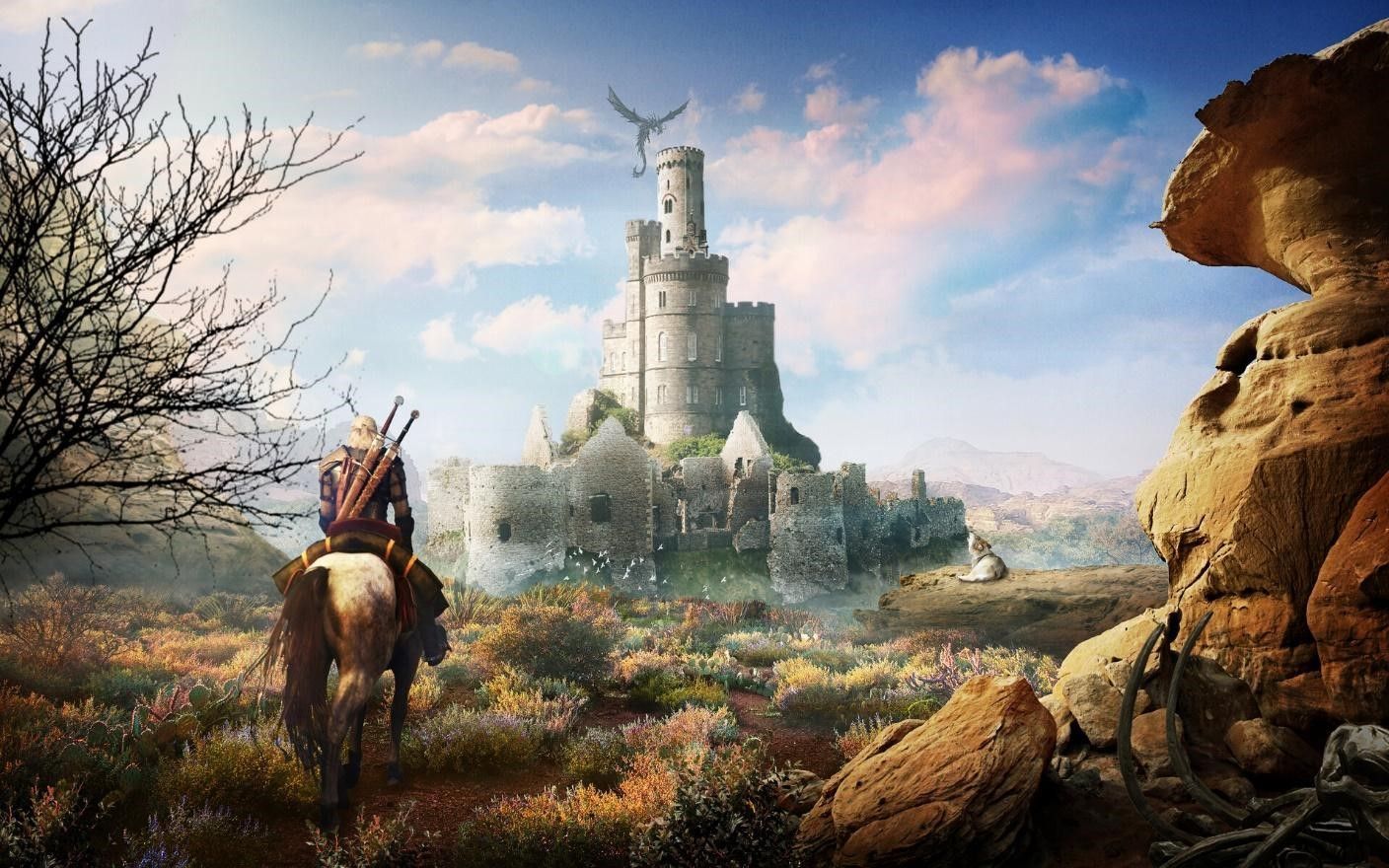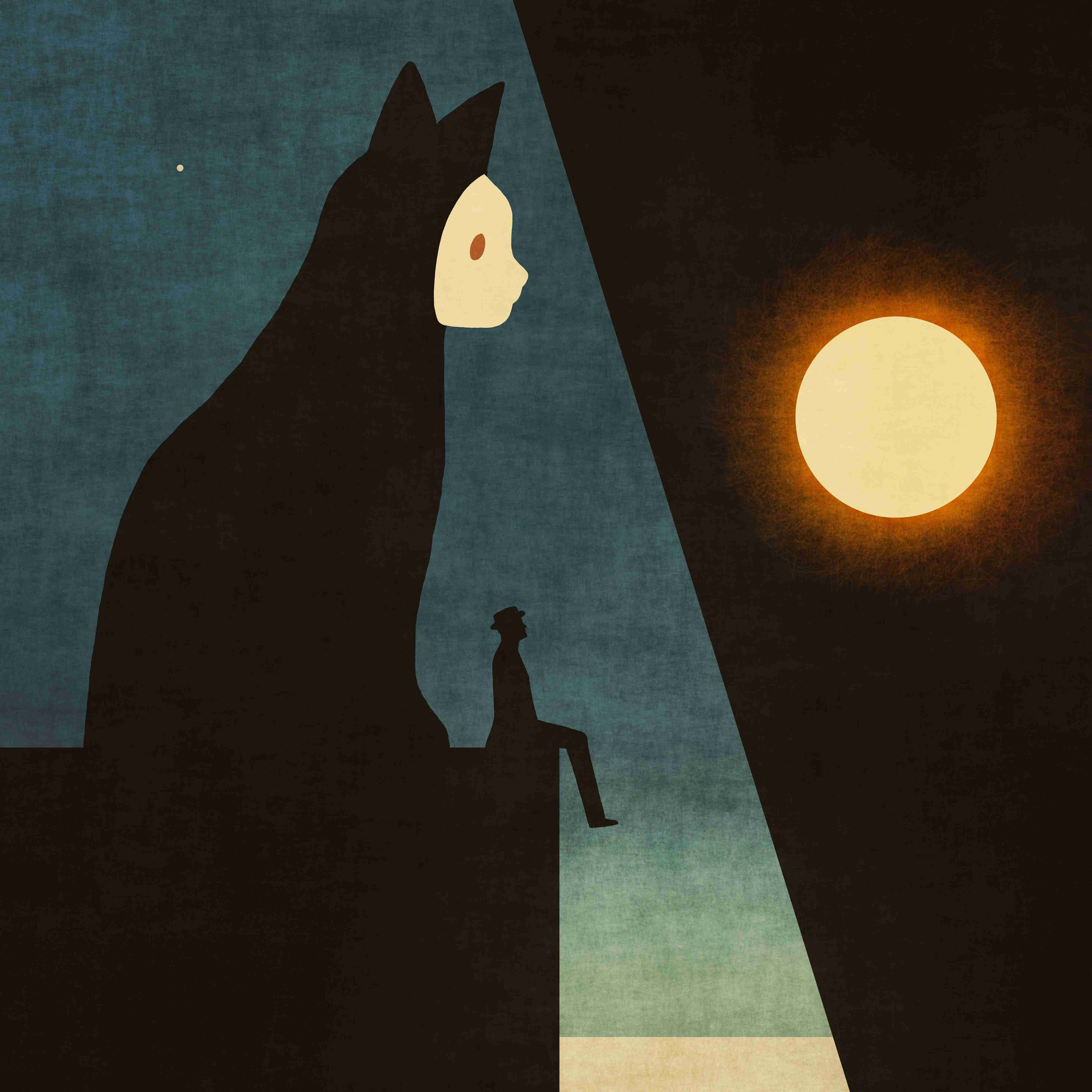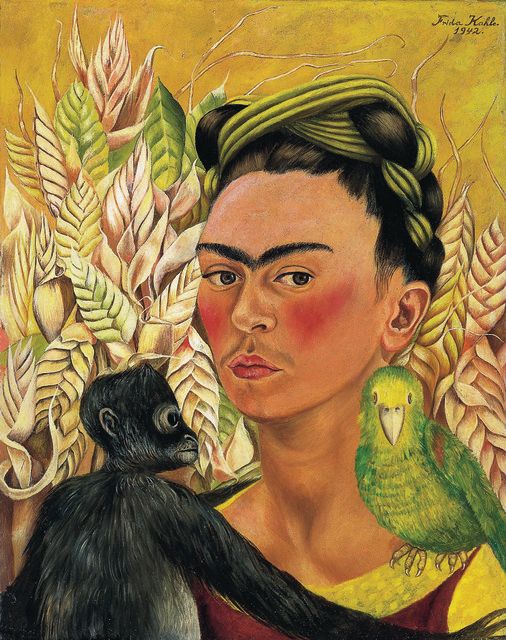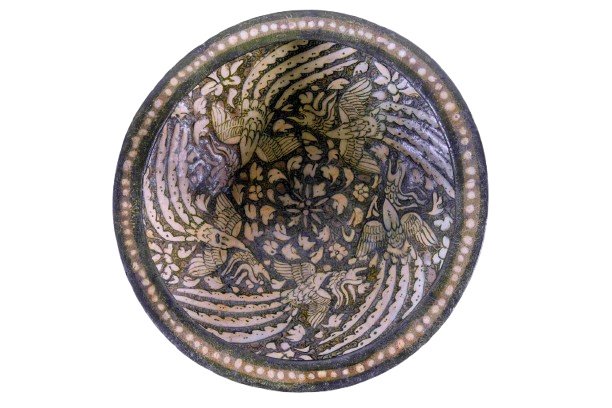Video Games & Imagined Worlds
Playful imagination: ‘The Legend of Zelda: A Link to the Past’, released by the dynamic Nintendo in 1991, delighted players – Link here is able to bother the chickens or ‘Cuccos’! – as much as it intrigued and challenged them. The Zelda series has been evolving and breaking new imaginative grounds since its first launch in 1986 (soon celebrating its 40th anniversary) with a new generation of fans gained each time. Image credit: UML Connector.
Imagination in video games goes beyond the shallow and unfair framing of them being merely an escape from reality. In the rich worlds of video games, imagination reveals itself as a fundamental element among others, and forms a significant part of the experiential process of engaging with the story and adventure as intended by the creators of such games.
Video games uniquely benefit from human memory to break the boundaries of reality and imagination, blending them through scenes of intertwined, memory-evoking worlds, emotionally charged decisions, and the recreation of mythological narratives deeply rooted in human cultural heritage.
These worlds are not static, cold images; they are canvases that invite players to weave stories, create landmarks, and search for the lost. Sometimes, video games go beyond mere entertainment, provoking cognitive and emotional responses and deep connections. The primary act of games turns into an influential exploration of human consciousness and creativity.
When delving deeply into the influence of place, we sometimes find that there are moments that transcend beyond the geographical representation of worlds, and that world maps do not only form the path, but also shape memory. Thus, the place becomes a powerful narrative tool for a bygone history in which the themes of the game intertwine.
One such game The Zelda series has been evolving and breaking new imaginative grounds since its first launch in 1986 - soon celebrating its 40th anniversary - with a new generation of fans gained each time.
The Legend of Zelda: Breath of the Wild (2017) stands out in this as a masterpiece, an example of worlds transcending the visual impact. Zelda is a unique combination of a meticulously designed world, featuring vital areas, each with its own ecosystem and distinct architectural styles, reflecting the cultural diversity of the inhabitants of the imagined Kingdom of Hyrule. Players also encounter remnants of vanished civilizations and forgotten messages that hint at a deeply layered history. This stimulus creates a dig in human memory to search deeply for forgotten history in a completely imaginary world.
Beyond Zelda, we find that the game Red Dead Redemption also employed this approach in storytelling and stimulating the player's imagination. The game used world maps as a powerful storytelling tool, reconstructing the United States of America in the late nineteenth century. The game world features diverse environments that complement the individuals’ experience. In a meticulously woven world, we find a connection between historical landmarks and architectural styles, allowing players to vividly imagine life through this pivotal era, by reviving this history and living through its conflicts and societal transformations. This kind of depth in the world helps players reconsider the impacts of human progress and its consequences on nature and indigenous people, thus forming a bridge between virtual imagination and historical awareness through a form of entertainment.
In narrative-based games, imagination is not limited to passive reception; rather, it becomes a driving force of composition. In traditional storytelling, we usually find a clear path for the formation of the story and its branches. However, in games such as The Witcher (for example), we see that the narrative is formed and transformed. At first glance, it seems that the decision is related to the momentary state of each story and stage of the story, but in reality, when the player chooses one of the presented texts, he, in some way, imagines the future.
There is a study published under the title: A Philosophical Analysis of Moral Choices in the Game The Witcher 3: Wild Hunt
The study concluded that many moral choices in the game stimulate the individual's internal reflection and cause a confusing internal conflict where one must choose between a lesser or greater evil, and other conflicts that vary between self-interest and helping others, with overlaps involving family and friendship. The study revealed that all choices revolve around basic moral concepts, such that some options allow the player to balance the consequences of their actions with principles such as justice and mercy. The study addressed the unique diversity of moral dilemmas faced by the player, emphasizing the weight of consequences and values, and their impact on personal relationships. This aspect of moral influence in imaginary worlds and their complexities leads us to raise a debate about ethics and values in our real world.

Geralt of Rivia rides his horse Roach toward an abandoned castle, as a dragon soars above, in the magical and mysterious Witcher world. Rendering of The Witcher 3: Wild Hunt, courtesy of Akash Moish.
When we return to the theme of imagination and story, we find that there are several shifts and attempts to recreate stories through the narrated myth. Yet in its forms it remains merely an extension of an imagination that has traversed all historical boundaries until it reached this very point. In some stories, we encounter selective focus or a continuation of tales we already know, which makes the human imagination a central element in the developers’ clear wager on what is concealed and hidden within the story.
Some of these attempts have succeeded in engraving them in the human memory and imagination of time, place, and characters, creating unique experiences that bring the human imagination back to the memory of peoples and their cultures. In a game like God of War, players don't just notice the myth as part of the composition, but rather live it, delving into complex themes such as fate, revenge, and other themes that bring with them their cultural symbols, allowing players to explore moral dilemmas, beliefs, and historical models. Thus, the game turns into a deconstructive arena for concepts that transcend all this time.
A 2024 scientific study (Video Games as Mythology Museums? Mythographical Story Collections in Games) identified the methods used by some video games to create this deep connection. The result was what the study called "Environmental Mythography," or the myth of place. This is the way in which the game creates an imaginary world, linked to the individual's self-exploration, shaping the concept of a long journey and deep exploration, encouraging continuous travel to consolidate this cognitive relationship with enjoyment.
The second concept is Actorial Mythography, which refers to the details and stories narrated by characters or a hidden narrator without direct player participation. This requires a deeper investment in research, as the vocal symbolism of myth was not present in ancient narratives, posing a challenge in the reimagining phase.
The third concept identified by the study is that some of these games mimic the identity of historical stories and references by bringing together multiple stories dispersed by time and space in a single location, creating intersections between characters.
Thanks to these concepts, we have an understanding of what is called: the interactive museum, which signifies the metaphor of video games adopting the concept of a museum and its intersection with the player’s imagination.


